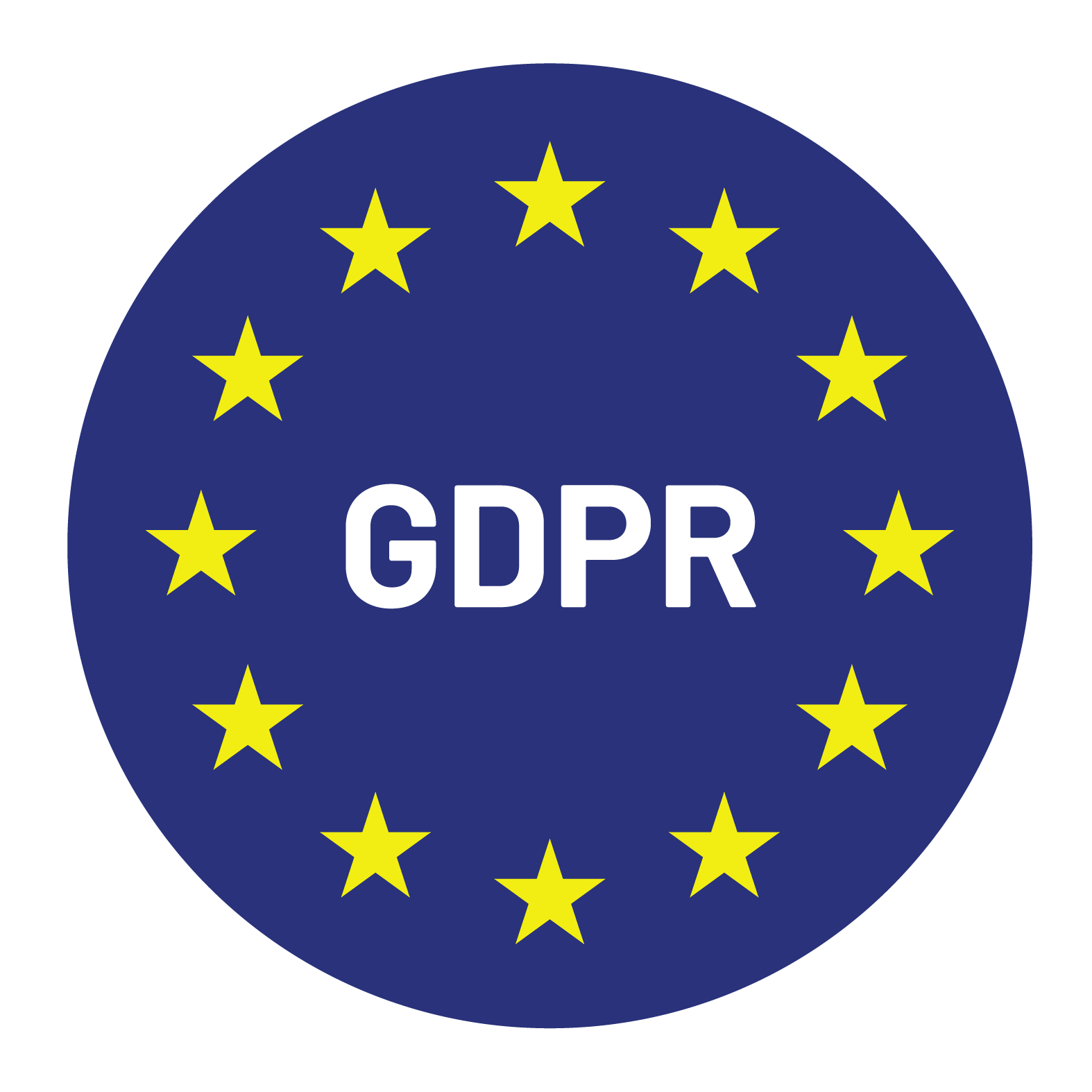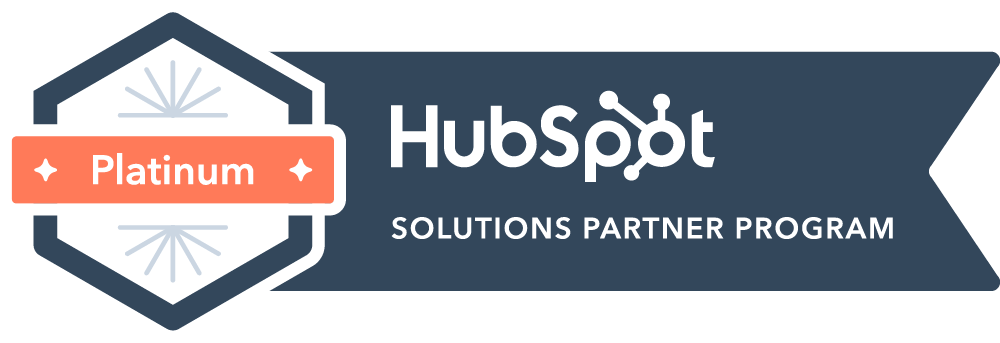

Content Writer for Whistle with multidisciplinary experience spanning over a decade.
More than half of B2B companies report that lead quality is their single biggest challenge, according to HubSpot’s State of Marketing report. For SaaS businesses, where sales cycles are often complex and customer retention is key to long-term profitability, this problem is magnified. Yet, too many teams still measure success in terms of volume: more contacts in the database, more meetings booked, and more top-of-funnel activity. The truth is that poor lead quality quietly erodes sales efficiency, marketing ROI, and ultimately, the viability of the SaaS sales pipeline.
We’re examining what “poor lead quality” really means in SaaS, why it carries such steep financial and operational costs, and how SaaS companies can reframe their strategies to prioritize quality over volume.
In SaaS lead generation, a poor-quality lead is not simply someone who doesn’t buy. It is any contact that does not fit the company’s defined Ideal Customer Profile (ICP) or lacks the intent and readiness to engage meaningfully. Common examples include leads outside target industries, decision-makers without budget authority, or small companies trialing software without long-term potential.
The misconception that more leads equate to more revenue continues to skew strategies. Research from Gartner found that 70% of leads in B2B databases are not actionable. That means a significant portion of marketing spend is directed toward prospects who will never convert. For SaaS companies, this waste compounds quickly because the model relies not only on acquisition but also on retention and expansion.
When marketing campaigns generate high volumes of poor-fit leads, cost-per-lead (CPL) becomes misleading. A campaign may appear efficient on paper, but if the majority of contacts cannot progress through the qualification process, the actual cost per opportunity or customer acquisition rises sharply. SaaS companies frequently underestimate how much budget is tied up in these inefficiencies.
The Customer Acquisition Cost (CAC) to Customer Lifetime Value (CLTV) ratio is one of the most important health metrics for SaaS businesses. Poor lead quality drives CAC up while pulling CLTV down, as unfit customers often churn early. This ratio is critical for investors and boards assessing long-term growth potential. A widening gap caused by poor-fit customers not only strains short-term cash flow but also undermines valuation.
Sales teams are the most expensive resource in the revenue engine. When Account Executives spend hours chasing poorly qualified prospects, productivity drops and opportunity cost rises. According to Salesforce research, reps spend only about a third of their time selling. Adding weak leads to their pipeline dilutes that selling time even further.
Bad data skews performance measurement. If lead sources are inflated with poor-quality contacts, attribution models provide misleading insights. Marketing channels may appear to perform better than they do, while high-value sources remain underfunded. This creates a cycle where wasted spend is repeated, and revenue growth stalls.
Sales professionals thrive when they can build momentum with qualified conversations. A pipeline full of low-fit leads frustrates even the most seasoned team, leading to demotivation and higher turnover. Recruiting and onboarding replacements add to costs that could have been avoided with stronger lead qualification processes.
Poor-fit leads often linger in pipelines longer because they require more education or simply avoid disengaging. These stalled opportunities extend average sales cycles, creating delays in revenue recognition and cash flow. For SaaS companies reliant on recurring revenue, these delays can place significant strain on monthly recurring revenue (MRR) growth targets.
Every minute spent chasing a low-value lead is time not spent with a high-value prospect. This is the true cost often overlooked. The opportunity cost of poor lead quality can amount to millions in lost revenue potential annually for growth-stage SaaS companies.
Poor quality leads do more than clutter sales inboxes; they pollute CRM systems. Incorrect firmographics, duplicate entries, and irrelevant contacts slow down automation workflows and reduce the accuracy of analytics. Over time, this compounds into wasted hours on system maintenance and faulty forecasting.
When marketing measures success by volume and sales measures success by revenue, misalignment is inevitable. Disputes over what constitutes a “good lead” erode trust between teams, making alignment strategies harder to implement. This cultural friction reduces the efficiency of the revenue engine as a whole.
Even when poor-fit leads convert, they often churn quickly. Customers who were never aligned with the product’s value proposition place undue burden on Customer Success teams, inflating churn rates and reducing net revenue retention (NRR).
If product feedback is gathered from customers who were never the right fit, development roadmaps risk being steered in the wrong direction. This can dilute product-market fit and slow innovation.
Supporting mismatched customers drains resources. Customer Success managers spend disproportionate time handling accounts that were mis-sold, leading to stress, burnout, and attrition in teams that are central to retention.
Dissatisfied customers often make their voices heard more loudly than satisfied ones. Poor-fit customers who fail to achieve value can leave negative reviews, damaging brand reputation and making future acquisition harder.
Forecast accuracy relies on consistent pipeline quality. When large portions of the funnel are padded with poor-fit opportunities, forecasting becomes unreliable, which in turn impacts hiring plans, fundraising, and board-level decision-making.
The foundation of better SaaS lead generation is a precise ICP. This requires more than broad descriptors like “mid-market technology companies.” High-performing SaaS businesses use granular criteria, including company size, tech stack, growth trajectory, and buyer role specificity. Personas should reflect both decision-makers and influencers involved in purchase cycles.
Robust qualification frameworks, such as BANT or MEDDIC, ensure sales teams focus on leads with both fit and intent. Qualification should be a joint responsibility of SDRs and AEs, supported by data rather than subjective judgment.
Content marketing remains central to SaaS demand generation, but its value lies in attracting the right audience. Educational assets that speak directly to ICP challenges filter out poor-fit prospects at the earliest stage, reducing waste downstream.
Third-party intent data and behavioral signals from website engagement provide early indicators of purchase intent. Companies that integrate intent data into their qualification processes improve lead-to-opportunity conversion rates and shorten sales cycles.
Alignment is not about weekly check-ins; it is about shared definitions and metrics. Marketing should be measured not only on volume but also on pipeline contribution and revenue influence. Sales should provide structured feedback on lead quality to continuously refine targeting. When alignment is embedded operationally, lead quality improves across the funnel.
Poor lead quality is not a minor inefficiency; it is one of the most significant risks to sustainable SaaS growth. It inflates acquisition costs, slows sales velocity, strains operations, and misguides strategy. SaaS companies that treat lead quality as a priority metric gain a clear advantage, with healthier pipelines, stronger retention, and more accurate forecasting.
Whistle specializes in helping SaaS companies build outbound programs that prioritize lead quality over volume. Through targeted SDR campaigns, refined qualification processes, and tailored go-to-market strategies, we ensure that sales teams focus their energy on high-value prospects. Our work with SaaS businesses has consistently shown that quality-first pipelines accelerate revenue growth and reduce acquisition costs.
For SaaS leaders ready to audit their lead quality and recalibrate their sales engine, Whistle provides the expertise to build programs that deliver results worth scaling.


© Copyright – Whistle 2023